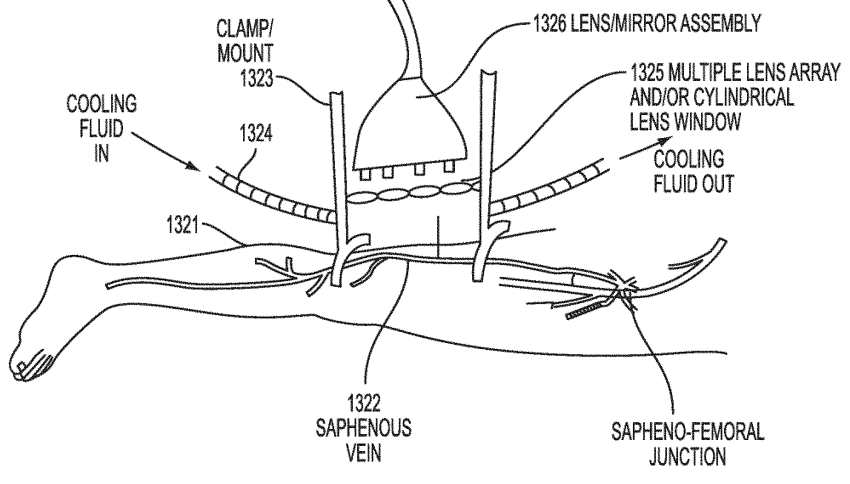by Dennis Crouch
Voice Tech Corp. v. Unified Patents, LLC, No. 2022-2163 (Fed. Cir. Aug. 1, 2024)
Unified Patents is paid by its members to fight against non-practicing entity (NPE) patent assertions -- often by challenge patent validity via inter partes review. In this case, Unified challenged Voice Tech's U.S. Patent No. 10,491,679 which covers technology for controlling a computer via a mobile device using voice commands. At the conclusion of the IPR, the Patent Trial and Appeal Board (PTAB) sided with Unified - finding all challenged claims (1-8) of the '679 patent unpatentable as obvious over the combination of two prior art references, Wong and Beauregard. The PTAB also denied Voice Tech's request for rehearing. On appeal, the patentee won a minor battle on waiver, but ultimately lost on the merits.
To continue reading, become a Patently-O member. Already a member? Simply log in to access the full post.
